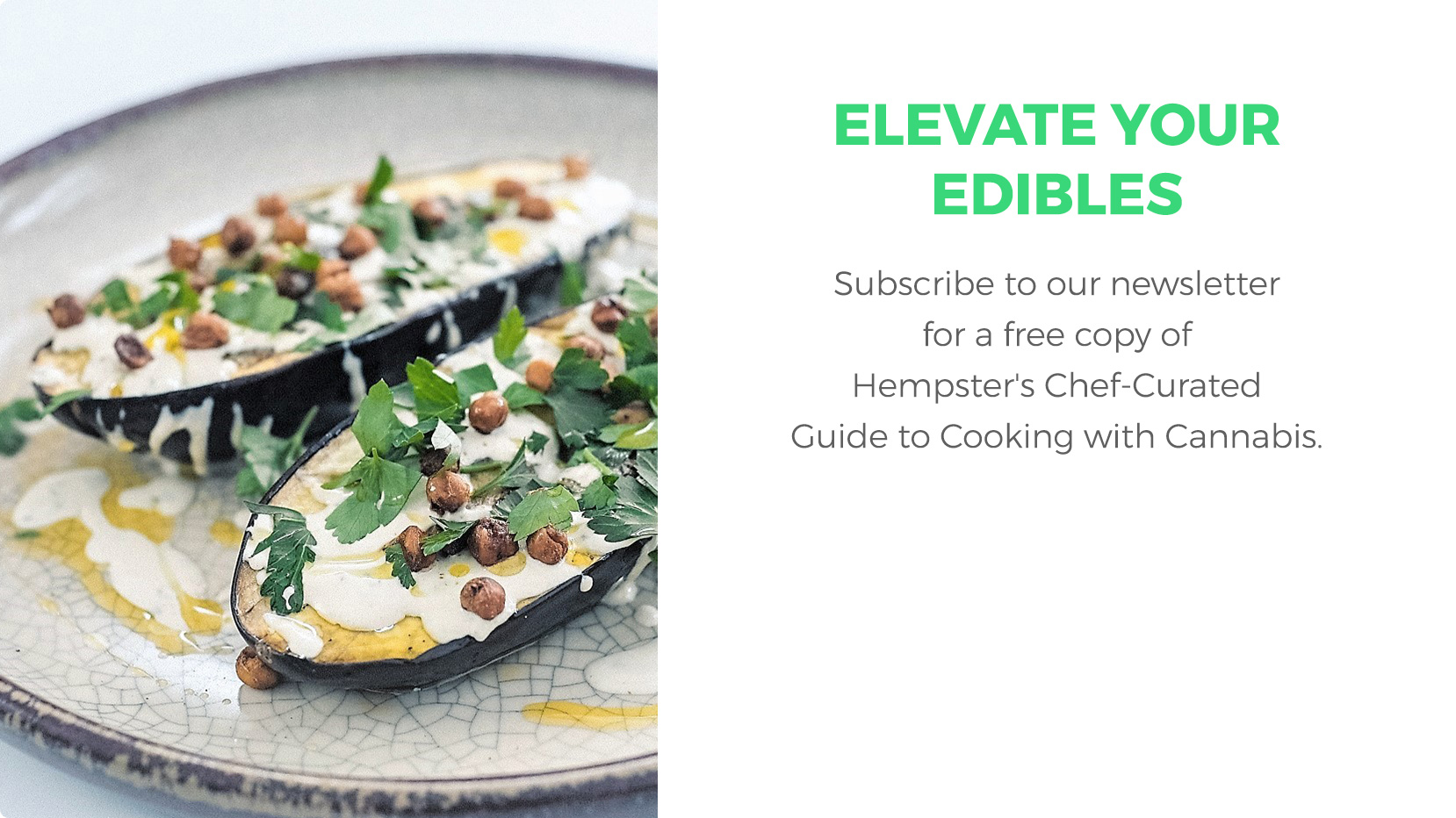Microdosing Cannabis: What It Is and Why You Might Want to Try It
Microdosing is about finding your cannabis “sweet spot”, a practice of self-titration that starts with the smallest dose possible and ends when you’ve found the minimum effective dose.
For many cannabis consumers, microdosing can also be a way to experience the medical benefits of marijuana, while avoiding the high. For others, microdosing is a practice that helps prevent or delay developing a tolerance to the effects of cannabis. Microdoses can be applied to any mode of ingestion, from vaping to oral absorption of oils, edibles and tinctures, to smoking.
What is a cannabis microdose?
Cannabis is complicated, and one person’s microdose can be another’s mega.
There are a variety of reasons why cannabis affects everyone differently, and why the same strain can affect the same person in different ways from session to session. Time and method of ingestion, mood, pain level other factors like whether or not you’ve eaten, can all impact how your cannabis feels. The specifics of your endocannabinoid system play a role too – everyone’s is different, and this is a huge factor in why we all experience cannabis uniquely, why the strain that keeps your best friend alert puts you straight to sleep.
This makes it hard to generalize about doses, but typically an oral dose of cannabis that contains less than 0.5mg of THC is considered “micro.” That said, most doctors and licensed producers of cannabis recommend starting with the smallest measurable dose and slowly working your way up until you achieve the desired effects.
Microdosing success cases
Interestingly, a study in The Journal of Pain found that pain patients taking a lower dose of nabiximols (a pharmaceutical cannabinoid compound that also goes by the trade name Sativex), actually experienced less pain than those taking a higher dose.
A very limited number of patient cases (two that we know of, to be exact) have shown “nearly miraculous recoveries” for Alzheimer’s patients taking cannabis microdoses. However, what constitutes a microdose in these cases is not defined.
Despite the lack of solid data, consumer spending patterns in legal US states suggest that microdosing is growing in popularity, particularly when it comes to edibles and other oral dose ingestions.
Business Insider calls microdosing “the future of marijuana,” pointing to the growing demand for low-dose edibles.
Potential health advantages aside, there’s one crystal clear advantage to microdosing: it’ll save you money on cannabis.
How to monitor your microdoses
It’s never a bad idea to track your cannabis use. By noting dose and product type, and comparing factors like mood, pain levels and other factors before and after ingesting, you will come to understand which strains, doses and methods of consumption best suit your needs. And if your needs change, you’ll be better able to adapt.
Still have questions about cannabis dosing? Book a free online consultation with a Natural Care prescriber, or call 1-888-671-8022 for answers.

